The Lady Organist has packed her bags, put in some deps for the August rota, and headed for the Dordogne, where it has been raining cats and dogs for several days, and keeping up with social media sometimes means hanging out of the bedroom window (in the aforesaid cats and dogs) in order to get a sufficient internet connection.
However morale was raised today with a successful early morning expedition to the market in Sarlat, shopping for garlic, sausages and drain unblocker (don’t ask), and took an even further lift (in my opinion) when, over a reviving cafe-au-lait and croissants, we saw a sign that said the organ in the Cathedral was played every Market Day, at 11 o’clock.
From the moment Gael Tardivel gave out Veni Creator Spiritus on a magnificent solo reed as the introduction to a Chorale on the same by Walther, you knew without a doubt this was a French organ, and a jolly interesting one too.
The concert had a goodly audience, though (as with many French concerts) there was a little too much education by some earnest academic at the front of the church before each piece – providing even more of a longeur than usual, as this was a recital of baroque and French Classical repertoire, and the educational expositions were in many cases longer than the pieces themselves.
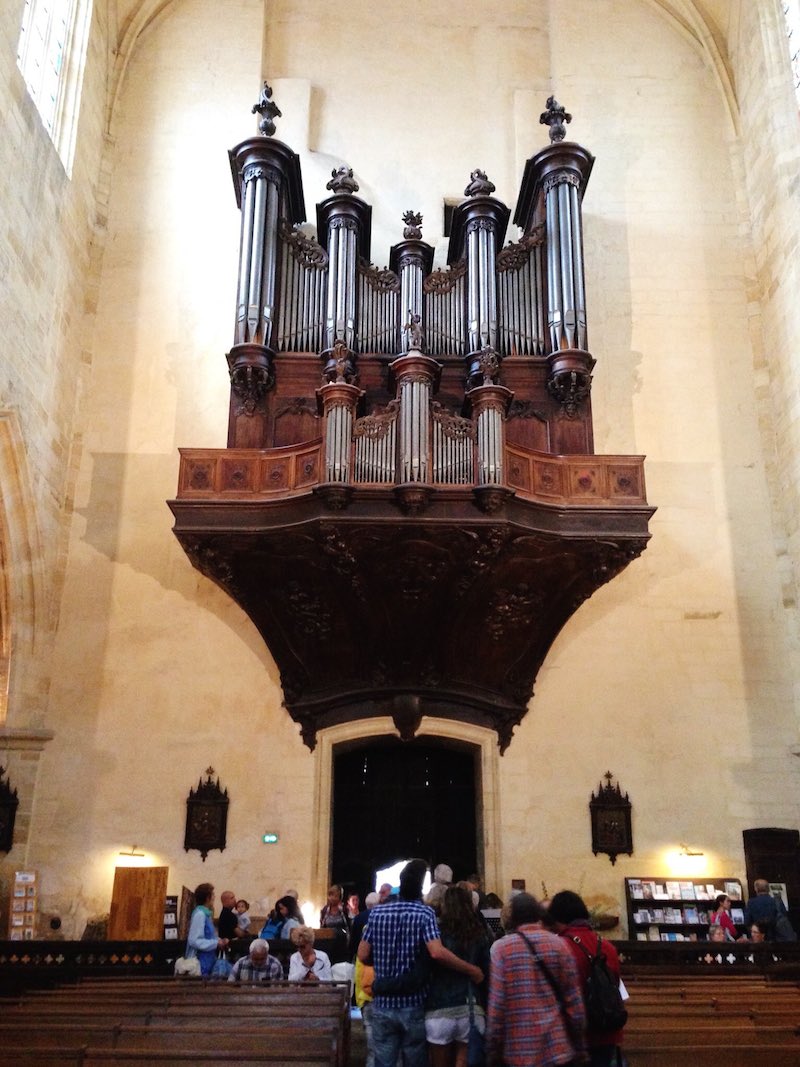
Tardivel played Bach, Walther, Mozart, Lasceux – the tuning (modified Corrette it turns out, on subsequent research) gave charming piquancy to a Pastorale by Zipoli – but moved right onto the edge of acceptability once the true classical repertoire was reached. I’d never heard of Mozart’s Adagio et Allegro a 4 mains (Henry Jullien supplied the second pair of hands) – good piece, but the chromaticism had my non-organist friends diffidently enquiring afterwards Erm it sounded a bit off occasionally…? over a second cup of coffee; to which my reply was Now, how long have you got….
Having forked out 5 euros for the last copy of Les Orgues de la Cathèdrale de Sarlat on sale in the Cathedral bookshop, I found the instrument was designed by Jean François Lépine in 1752 (and also that Marie-Claire Alain made three sets of recordings of Grigny, Nivers, Marchand and Dandrieu on it in the 1960s).
Lépine was only 20 years old when he built it – so young that it was attributed to Cliquot until the mid 1970s, when essential documents relating to the commissioning and manufacture of the organ were discovered in the Lépine family archives by J L Bergnes when researching a doctoral thesis. (Best English tin was specified for the pipework: the French are not tops at everything.)
Through the nineteenth and early twentieth centuries it suffered the usual cycles of neglect and attempts at reconstruction to suit the fashions of the day, but happily the latter could never get enough funding to cause real damage, so 86% (I love Gallic exactness) of the eighteenth-century pipework survived to allow it to be classified as a monument historique in 1952, and in 2005, to get a thorough rebuild by Bertrand Cattiaux in the light of modern discoveries about classical French organ construction. (Rebuild specification.)
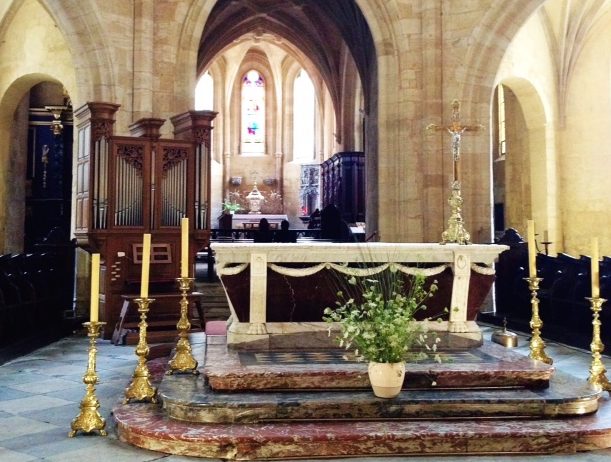
Once Cattiaux had finished restoring the main organ, he set about restoring the choir organ, which had become virtually unplayable, victim of le bricolage,* et le curiosité de visiteurs indélicats… He kept some of its pipework; added pipes from the unrestored main organ, and an original Lépine Cromorne, and it now forms a splendid part of the arrangements in the chancel. It’s tuned to A440 (the main organ being tuned to A400) to allow it to be part of instrumental and continuo groups.
*DIY
More photographs of the organ, and forthcoming concerts
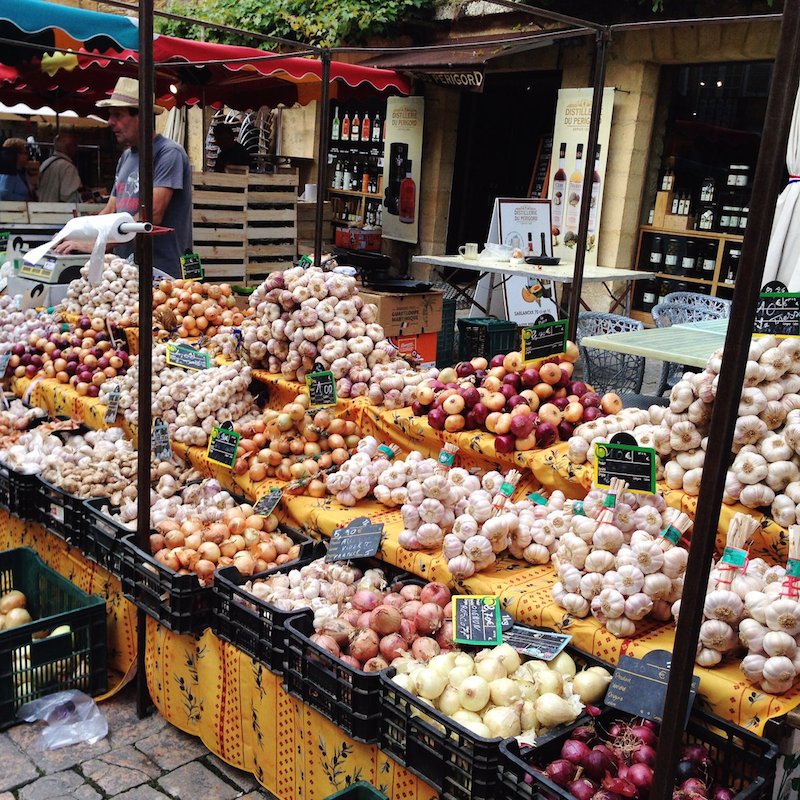

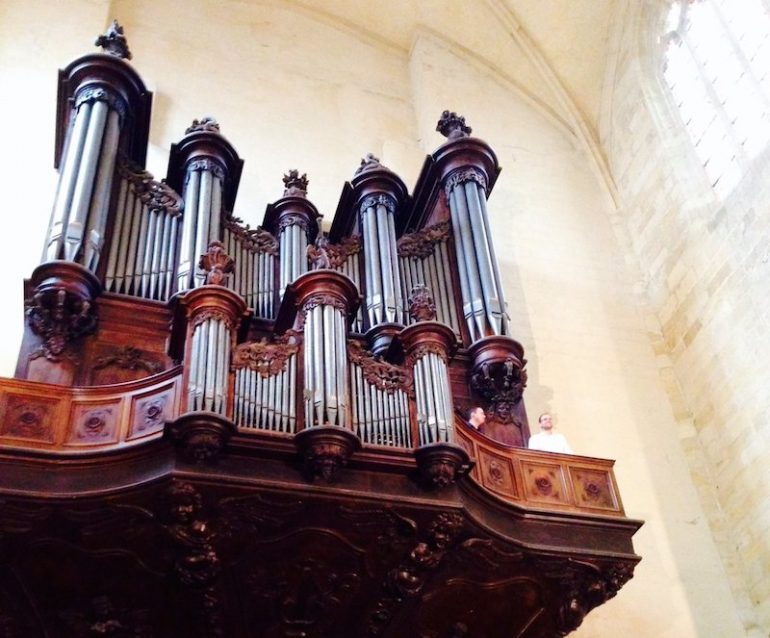
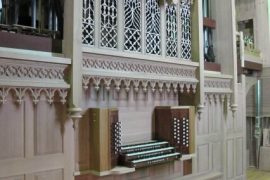
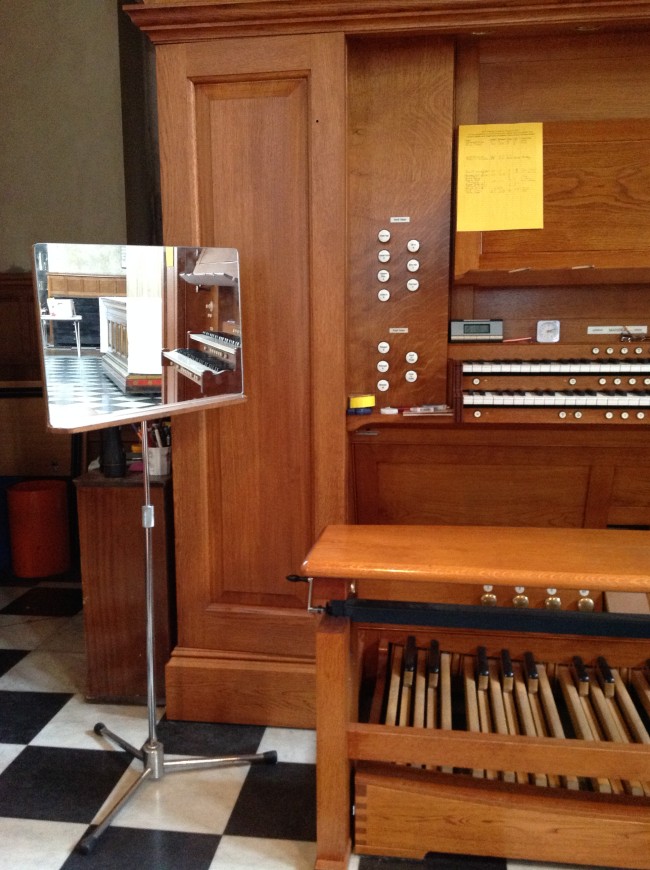
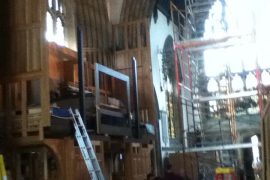
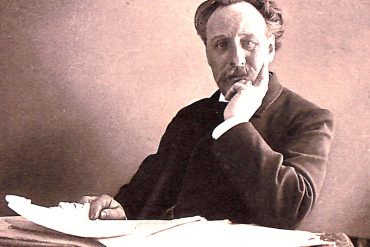
David Ponsford’s excellent recording of Nicolas de Grigny’s Livre d’Orgue on this organ recently appeared. I can thoroughly recommend it.
Thanks! I’ve just ordered a copy for our friends who lent us the cottage here in France – thought it would make an appropriate present. Morwenna
A late reply on this post….
Sarlat is very nice, I have seen this organ too but was not able to hear it. Did you have the chance to play it too ? There are many organs in the Dordogne. I had a few opportunities to play in the Bergerac region.
No, I didn’t get to play – I must persist on future holidays!